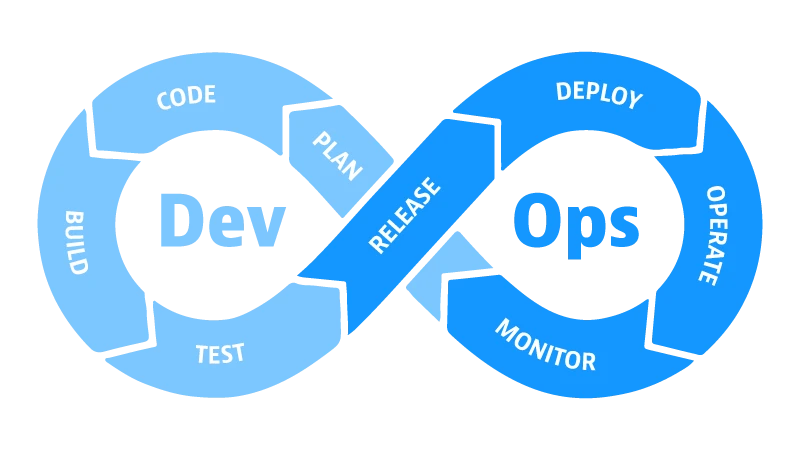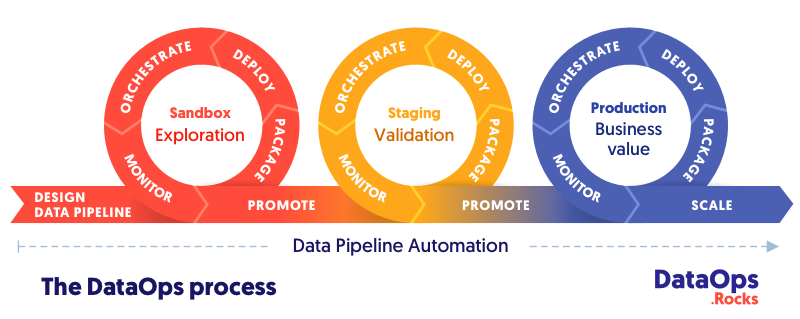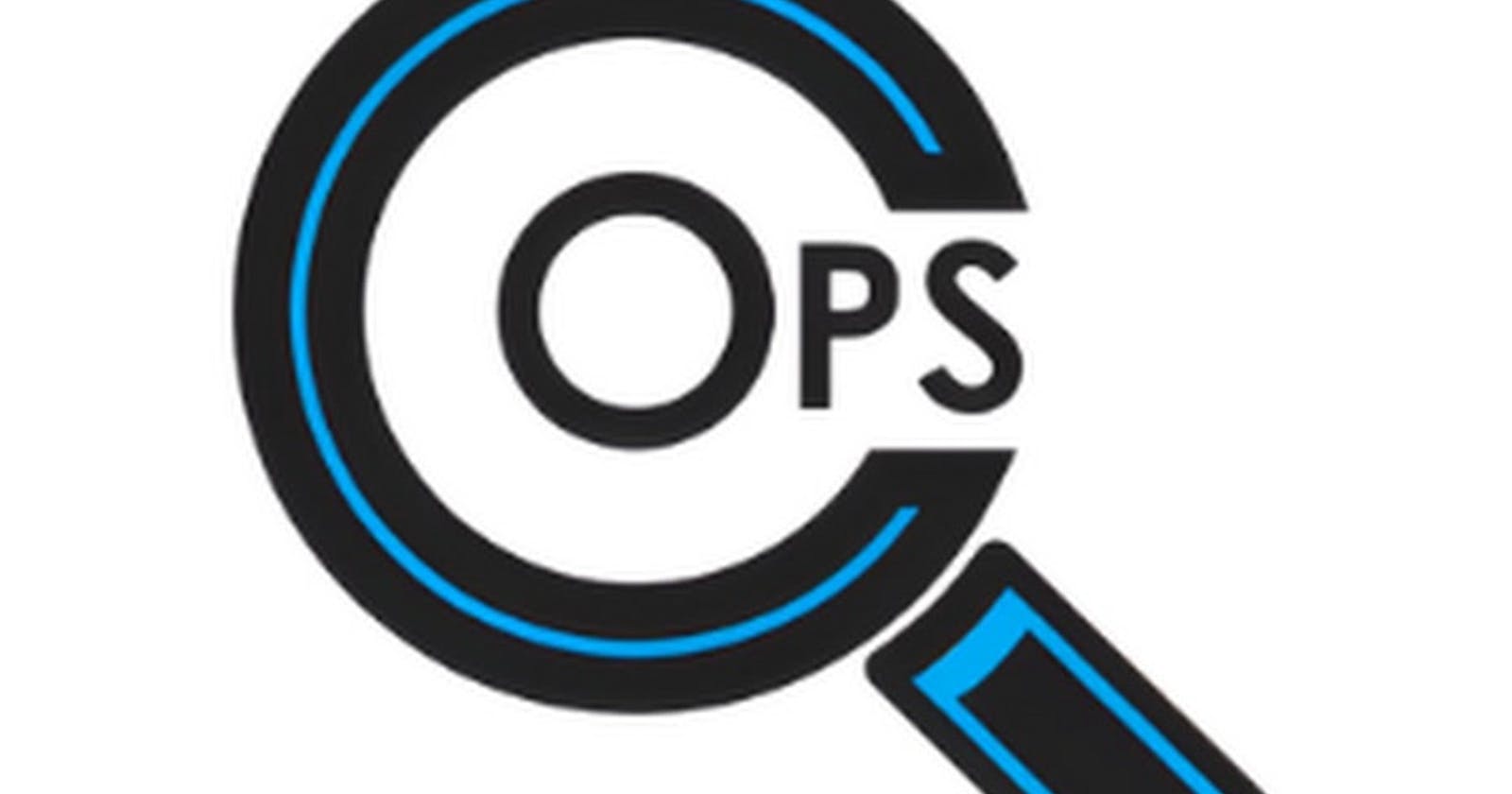Dive deep into the world of FinOps, DevOps, and DevSecOps. This guide elucidates their lifecycles, differences, and best practices. Whether you’re new to these methodologies or looking to refine your understanding, this article has got you covered.
DevOps
DevSecOps
FinOps
MLOps
DataOps
GitOps
DevOps
DevOps is a holistic approach that combines continuous software development, integration, testing, deployment, and monitoring. It champions innovation, agility, and scalability, fostering a culture of continuous learning and feedback.
DevOps best practices
DevOps has transformed software development in the IT sector. For successful implementation, it’s essential to focus on collaboration, set clear objectives, choose the right tools, and prioritize security. “Ian Head, research director at Gartner, predicts that 90% of infrastructure and operations organizations attempting to use DevOps without specifically addressing their cultural foundations will fail.” This is why you need to implement best practices that cover the full spectrum of a project lifecycle:
Collaboration: Encourage cross-functional, synchronous, and asynchronous collaboration between colleagues. Continuous learning and improvement are part of the game requiring patience and constant monitoring.
Practice shifting that takes time: Switching a complete way how teams work is a cultural and practical shift that requires patience, dedication, and ideologies behind adopting new ones. Get everyone on the same page and clear any doubts or queries before they emerge.
Set performance ROI: Define clear objectives since day one of the process initiations. Metrics perfectly serve the purpose of acting as evidence of transformational efforts to upper management and internally.
Have the right toolchain: Automation is a crucial DevOps component that makes an engineer’s life easier. Setting up a smart selection of tools can help prevent disputes between the development and operations teams. Prioritizing processes over tools is a great idea.
Long-term goals: DevOps is not a magic bullet. It is a long enduring, and complex journey toward great results that may or may not require a lot of resources. Focus your energy on securing the acceptance of critical organizational POCs.
Dashboard & KPIs: An automated dashboard can keep track of the SDLC process and maintain a database of the changes made to the server. They provide a holistic view of all the completed updates and completed changes. Automated dashboards enable it to provide detailed insights and reports about different operations.
Security is a priority: The recent increase in data breaches and security threats over the years has made it essential for businesses to be aware of the risks and implement foolproof security measures to protect their software. Companies should ensure that IP source code is accessible only to trusted users with verified credentials, and test and build scripts should not contain credentials accessible from any system.

DevSecOps
DevSecOps, standing for development, security, and operations, integrates security throughout the IT lifecycle. It ensures that security is a shared responsibility, protecting both the environment and the CI/CD process.
Is DevSecOps for everyone?
DevSecOps is essential in today’s business environment to mitigate the rising frequency of cyber-attacks. By implementing security initiatives early and often, applications and infrastructures in various industries achieve the following benefits. Obviously, all businesses require a DevSecOps mindset but governments, healthcare, and financial services require additional attention to details.
What are the benefits of DevSecOps?
DevSecOps offers enhanced application security, promotes cross-team collaboration, streamlines application delivery, and limits security vulnerabilities:
Enhanced Application Security: In the past, the security role was isolated to a specific team in the final stage of development. Effective DevOps ensures rapid and frequent deployments closer to weeks, days, and minutes. Security is a shared responsibility integrated from end to end, building a security foundation into DevOps initiatives. It means thinking about application/infrastructure security right from the start. It also means automating security gates and keeping the CICD workflow from slowing down.
Cross-team ownership: DevSecOps brings together 3 very different profiles, building a collaborative cross-team approach. Everybody is on the same page early, leading to more efficient team collaboration.
Streamline application delivery: Security best practices enable fast deployment cycles thanks to automation, enhanced reporting, and enabling compliance teams. When a security threat is identified, application and development teams will work on solutions at the code level to address the problem. Before deployment, organizations need to ensure their infrastructure complies with security policies. Defining how the workload should run, providing critical insight into potential vulnerabilities and misconfigurations, and setting subsequent stages of the CI/CD pipeline up for a successful deployment.
Limit security vulnerabilities: Identity, manage and patch common vulnerabilities and exposures (CVE) can be identified in pre-built scanning solutions earlier and more often. Remediate quickly when vulnerabilities are first discovered, streamlining agile development processes. Secure APIs increase authorization and routing visibility. By reducing exposed APIs, organizations can reduce surfaces of attacks.
FinOps
FinOps, a fusion of ‘Finance’ and ‘DevOps’, emphasizes collaboration between finance and engineering teams. It’s a practice that leverages data to optimize costs and enhance visibility.
The Role of FinOps in Modern Tech Architecture

FinOps operates in three phases: Inform, Optimize, and Operate. It’s about ensuring ROI, optimizing cloud resources, and setting up governance models:
Inform: Empower organizations and teams with visibility, allocation, benchmarking, budgeting, and forecasting. An accurate distribution of cloud spending based on tags, accounts, and business mappings enables valid chargeback and showback. Stakeholders want to ensure they are driving ROI while staying within budget.
Optimize: Once businesses and teams are informed and empowered, they need to optimize their cloud footprint. While cloud providers offer multiple levers to do so, on-demand capacity remains the most expensive, encouraging advanced reservation planning and increased commitments. Rightsizing and automating turning off any wasteful use of resources can help optimize the environment.
Operate: Organizations assess and analyze business goals and metrics they can track, measuring their evolvement. These objectives are tracked daily. They measure business alignment based on speed, quality, and cost. Defining appropriate policies and governance models is a best practice.
MLOps
MLOps are derived from machine learning (ML) and operations (Ops). It is a set of management practices for the deep learning and production ML lifecycle. MLOps promotes communication and collaboration between operational professionals and data scientists. This approach aims to improve the quality of the production ML and increase automation by focusing on legal and business requirements.
MLOps covers the entire ML lifecycle, including the software development lifecycle and integration with the model generation, including continuous integration and deployment; effort; orchestration; management; health and diagnostic monitoring; and analysis of business statistics.
What is the MLOps lifecycle?

DataOps
DevOps is commonly associated with Agile promoting short development cycles, many iterations, and more frequent deployments. This approach aims to continuously deliver software, taking into account user feedback to gain more business opportunities. It shares the same principles applied to the data processing to ease and accelerate data analytics deliverability.
DataOps allows:
A complete alignment between teams to deliver value faster through predictable data delivery
Improves data quality across the data pipeline
Encourages reproducibility by eliminating recurring tasks between projects
What is the DataOps lifecycle?

GitOps
GitOps is an approach that uses Git repositories as a single source of truth to deliver infrastructure as code. All code changes are tracked, making updates easy while providing version control if a rollback is needed.
GitOps delivers:
Standard workflow for application and infrastructure development
Increase security for setting requirements upfront
Improved reliability with clear visibility and control throughout the pipeline
Consistency across any cluster, cloud, or on-premise environment
